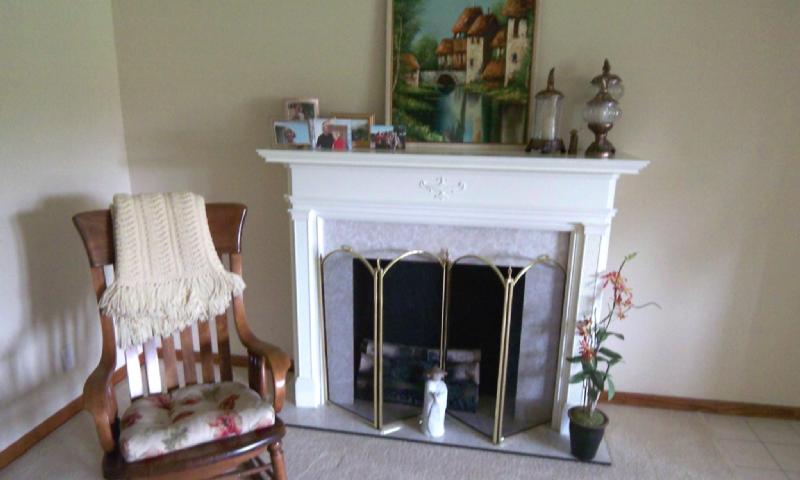 |
- Only burn dry, cured wood: It’s best to use logs that have been split, cracked and dried for at least 8-12 months. Hardwoods such as white oak, hickory, beech, sugar maple, and white ash burn the longest, but using firewood that is dry is more important than the species.
- Only burn firewood: Burning crates, construction scraps, lumber, painted wood and other treated wood can release harmful chemicals into your home, degrading the air quality. Log starters are OK for getting the fire going, but they burn very hot and only one should be used at a time.
- Close the damper when the wood fireplace is not in use: If the damper is left open, that warm air you spend money on to keep in your home will escape out of the chimney.
- Keep glass bi-fold doors open: Keeping these doors open while a fire is burning allows heat to get into the room.
- Have a chimney cap installed: Chimney caps prevent objects, rain, and snow from falling into the chimney and they also reduce downdrafts. A chimney sweep can usually provide and install a stainless steel cap for around $50-$200. Stainless steel is a better choice than galvanized metal because it won’t rust.
- Replace poorly sealed dampers: A top mounted damper that also doubles as a rain cap provides a better closure than a traditional damper and can prevent heat loss.
- Install carbon monoxide and smoke detectors: These are very important to have around your wood fireplaces as well as in bedrooms.
- Chimneys should be cleaned twice a year: If more than three cords of wood are burned annually, the chimney should be cleaned out twice a year. A cord is 4 feet high by 4 feet wide and 8 feet long, which is about the amount of logs that would fill two full sized pick up trucks.
- In order to burn a fire safely, build it slowly and add more wood as it heats up: Keep the damper of your wood fireplace open completely to increase draw in the beginning of the fire. Once in awhile, burn the fire hot, with the damper completely open, to prevent smoke from staying in the fireplace and creosote from developing.


